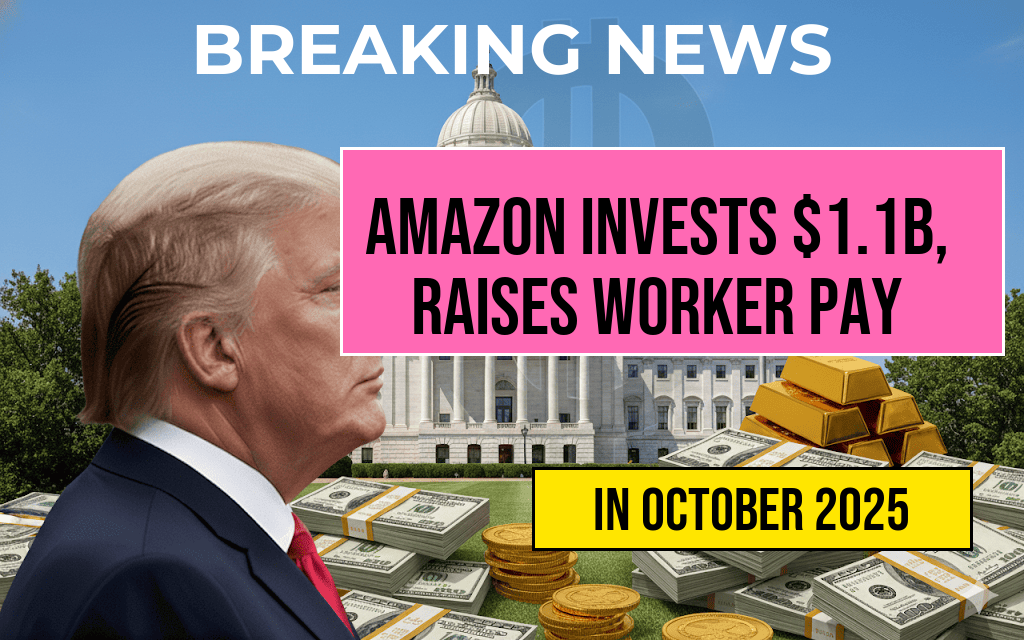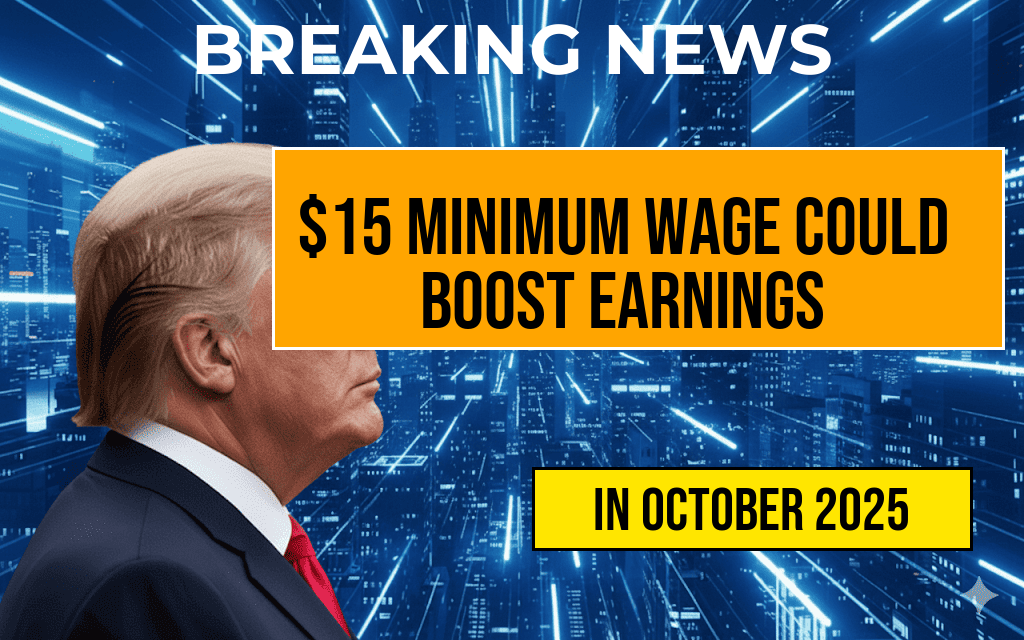Starting next month, millions of Americans receiving Supplemental Nutrition Assistance Program (SNAP) benefits will see significant changes as the federal government phases out emergency provisions enacted during the COVID-19 pandemic. Originally implemented to provide relief amidst economic upheaval, these temporary measures have expanded access to food assistance nationwide. However, with the October deadline approaching, the Biden administration has announced plans to revert to pre-pandemic guidelines, impacting nearly 42 million SNAP beneficiaries. The shift signals a return to standard eligibility criteria and benefit amounts, prompting concerns among advocacy groups and policymakers about potential increases in food insecurity for vulnerable populations. This transition also raises broader questions about the future of federal food assistance programs, balancing fiscal responsibility with the goal of ensuring that Americans, especially those facing hardship, have reliable access to nutrition.
Background of SNAP Emergency Measures
During the height of the COVID-19 crisis, lawmakers enacted several emergency provisions to bolster the SNAP program. These included broadening eligibility, increasing benefit amounts through a temporary boost, and relaxing certain administrative requirements to expedite aid distribution. The purpose was to mitigate economic fallout and prevent food insecurity amid widespread job losses and health concerns.
According to the U.S. Department of Agriculture (USDA), these measures helped approximately 8 million additional Americans access food assistance and increased benefits by an average of about $95 per person monthly. The temporary nature of these policies was explicitly tied to the pandemic declaration, with an expiration scheduled for October 1, 2023.
Details of the Upcoming Changes
| Feature | Pandemic-Era Policy | Pre-Pandemic Policy |
|---|---|---|
| Benefit Calculation | Enhanced benefits with temporary boost | Standard benefit calculation based on income and expenses |
| Eligibility Criteria | Expanded to include more households, relaxed asset limits | Stricter income and asset thresholds |
| Administrative Requirements | Relaxed, allowing faster approvals and fewer in-person visits | More stringent documentation and in-person verifications |
Impacts on Recipients
As the emergency measures conclude, many recipients will face reduced monthly benefits, with some seeing cuts of up to $95 per person. Additionally, stricter eligibility rules could disqualify households that previously qualified under expanded criteria. For vulnerable populations—including low-income families, seniors, and individuals with disabilities—these changes may increase the risk of food insecurity and hardship.
Advocates warn that the end of these provisions could reverse recent gains made in reducing hunger and may disproportionately affect communities already facing economic challenges. According to the Food Research & Action Center, nearly 12 million Americans already experience food insecurity, and policy shifts like this tend to exacerbate the problem.
Government and Political Responses
Official Statements
The USDA emphasizes that returning to pre-pandemic rules aligns with statutory requirements and fiscal responsibility goals. A spokesperson noted that the agency remains committed to supporting vulnerable populations but must adhere to legislative mandates and budget considerations.
Meanwhile, some lawmakers argue that the timing is problematic. Senators and Representatives from both parties have expressed concern that rolling back these emergency measures could undo progress made during the pandemic and strain social safety nets already under pressure.
Policy Debates and Future Outlook
- Fiscal Responsibility vs. Social Support: Critics contend that the government’s focus on reducing federal spending may undermine efforts to combat hunger.
- Potential for Policy Adjustments: Some policymakers suggest that future modifications could be made to balance fiscal health with food security, possibly through targeted support rather than broad benefits cuts.
- State-Level Variations: Several states have begun exploring supplementary programs or alternative aid mechanisms to cushion the impact of federal reductions.
Broader Context and Implications
The impending end of these emergency SNAP provisions underscores ongoing debates about the role of federal assistance programs in addressing economic disparities. While critics argue that broad expansions could encourage dependency, proponents emphasize their importance in ensuring basic needs are met during times of crisis. The upcoming policy shift also provides an opportunity to examine how safety nets evolve in response to economic conditions and political priorities.
As the October deadline approaches, affected individuals and advocacy groups are urging policymakers to consider phased approaches or targeted support measures to avoid a spike in food insecurity. Experts note that the transition will require careful monitoring and potentially additional resources at the state level to mitigate adverse outcomes.
For more information on SNAP and related policy changes, visit the USDA’s official site (https://www.fns.usda.gov/snap) or consult resources provided by the Farm Policy Journal.
Frequently Asked Questions
What is the reason for the end of SNAP benefits in October?
The SNAP benefits are ending in October due to a scheduled overhaul of the program, which aims to implement new policies and funding adjustments.
How will the ending of SNAP benefits affect eligible recipients?
Eligible recipients may face a reduction in food assistance, potentially impacting their ability to access adequate nutrition without alternative support measures.
Are there any new programs or alternatives being introduced to replace SNAP?
While the article focuses on the end of SNAP in October, it does not specify new programs; however, affected individuals are encouraged to explore local assistance programs and community resources.
When will the new SNAP policy take effect, and what should recipients do in the meantime?
The current SNAP benefits will conclude with the October overhaul. Recipients should stay informed through official channels and seek community support or food assistance programs during this transition.
Will there be any assistance available to help individuals navigate the changes?
Yes, government agencies and local organizations are expected to provide support and guidance to help individuals adapt to the upcoming changes in food assistance programs.






